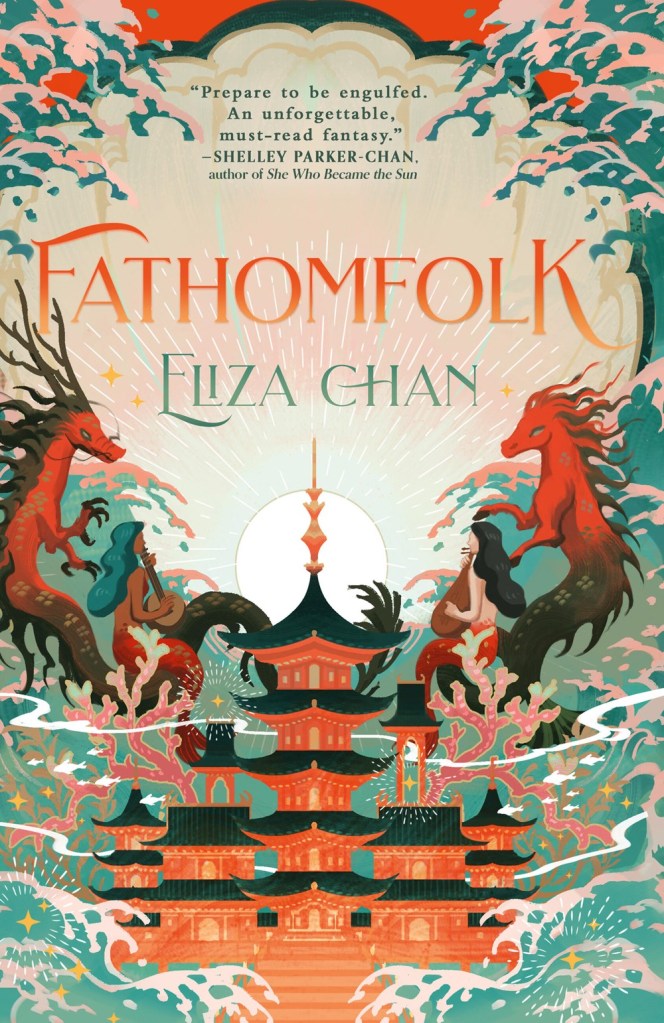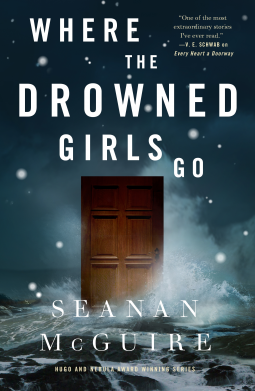
**The links in this post are to the book’s StoryGraph page for reference. I do not receive compensation for clicking these links!**
Book: Evocation
Author: S.T. Gibson
Pages: 304
Source: Angry Robot, NetGalley
Publisher: Angry Robot
Genre: Fantasy, Romance, LGBTQ+
Publication Date: May 28, 2024
The Devil knows your name, David Aristarkhov.
As a teen, David Aristarkhov was a psychic prodigy, operating under the shadow of his oppressive occultist father. Now, years after his father’s death and rapidly approaching his thirtieth birthday, he is content with the high-powered life he’s curated as a Boston attorney, moonlighting as a powerful medium for his secret society.
But with power comes a price, and the Devil has come to collect on an ancestral deal. David’s days are numbered, and death looms at his door.
Reluctantly, he reaches out to the only person he’s ever trusted, his ex-boyfriend and secret Society rival Rhys, for help. However, the only way to get to Rhys is through his wife, Moira. Thrust into each other’s care, emotions once buried deep resurface, and the trio race to figure out their feelings for one another before the Devil steals David away for good…
My Review:
I was given a free advanced reader copy of Evocation by S.T. Gibson by Angry Robot via NetGalley in exchange for an honest review. Thank you, Angry Robot!
David Aristarkhov is a man living with a foot in two worlds. On the one hand, he is a hotshot attorney, while on the other he is one of the most powerful psychics in Boston’s occult scene. His wealth and success come not only from his abilities but also as a result of being the latest heir in a family that used its occult powers for generations to ensure that wealth and success for themselves. David is also arrogant, cynical, and tactless.
No one could attest to this more than David’s old college boyfriend Rhys. Rhys would like nothing more than to keep as much distance between himself and David as possible. Unfortunately, they both belong to the same secret occult Society in Boston, so he’s forced to see David at their meetings. Both of them are highly ambitious with their magic, and both would love nothing more than to replace the retiring Head Priest of the Society.
Complicating David and Rhys’s tenuous tolerance for each other further is Rhys’s wife Moira. More specifically, the fight David caused between Rhys and Moira which nearly ruined their marriage. Neither Rhys nor Moira ever want to see David again, and David is grudgingly abiding by the boundaries Rhys has set for their further acquaintance. That is, until David begins to experience what he can only call spirit sickness.
David has blackouts, he can’t sleep, he can’t channel spirits, and worst of all, he needs Rhys and Moira’s help to find out why. Slowly, the three of them begin to patch things up between themselves while trying to find out what is slowly draining David’s spirit. The answers they find may be more than they bargained for.
First of all, this book is primarily focused on relationships – romantic, familial, and platonic. David was raised by an abusive father who only saw him as a tool, a psychic prodigy, that would further his father’s own standing within the Society and to secure business dealings. David was raised to be ambitious and seek success. His only friend growing up was his half-sister, who he maintains a relationship with through intermittent phone calls and lunch dates. David has never wanted for anything in his life save human connection.
Rhys, on the other hand, was raised in South Boston and has never known anything but want. He has clawed his way up into a day job he enjoys in academia, and he’s done the same in the Society. His primary goal is to become the next High Priest, and David is his biggest rival. He relies on his wife Moira to keep him steady, and she forces him to remember to eat and take care of their relationship.
Meanwhile, Moira has a secret of her own. She is a witch with a client list that allows her to have her own success. However, like David, she’s a psychic. She can see and channel spirits, but she’s ignored that part of her life for years because her family raised her to believe it was evil. Thus, in David she sees someone being successful in ways she doesn’t feel she can ever be. She also sees someone who has hurt Rhys and his relationship with her without seeming apologetic at all.
This is the dynamic at play as Rhys and Moira work to help David figure out what’s wrong with him, and watching them all learn to trust each other and help each other was a large part of the story. Which, to be honest, I did really enjoy watching their relationship develop and grow. I just wish a story about a centuries old deal with the devil had spent more time with the magical side of things.
The Society and magic and the occult could have easily been swapped out with regular social gatherings or groups, and the story would have largely remained the same. For a book that was supposed to be steeped in magic, there just wasn’t very much of it. To be fair, this is the first book in a planned series, so I’m hopeful there will be time to correct this issue with balancing the romance and the magic.
The story also touched on a few other issues, such as alcoholism and patriarchal societies, and I thought those were handled well, even if they weren’t the main message being related. Also, I can tell S.T. Gibson spent a lot of time crafting this story. Compared to other books by Gibson I’ve read, the writing in Evocation was definitely a step up. Not that the writing in previous books were bad, but I can tell there’s been a lot of growth with Gibson’s craft in this book. I’m definitely looking forward to more from this series.
My Rating:
I gave Evocation by S.T. Gibson four out of five stars. I was going back and forth between three and four stars for this book just because of the few issues I had with it, but in the end, I decided to round up to four stars. This book is magically inclined, but it’s mostly about relationships. The romance is definitely there as well, but you’ll have to wait until the end for the pay off!
Have you read any books by S.T. Gibson? Do you plan to read Evocation? Let me know in the comments!







